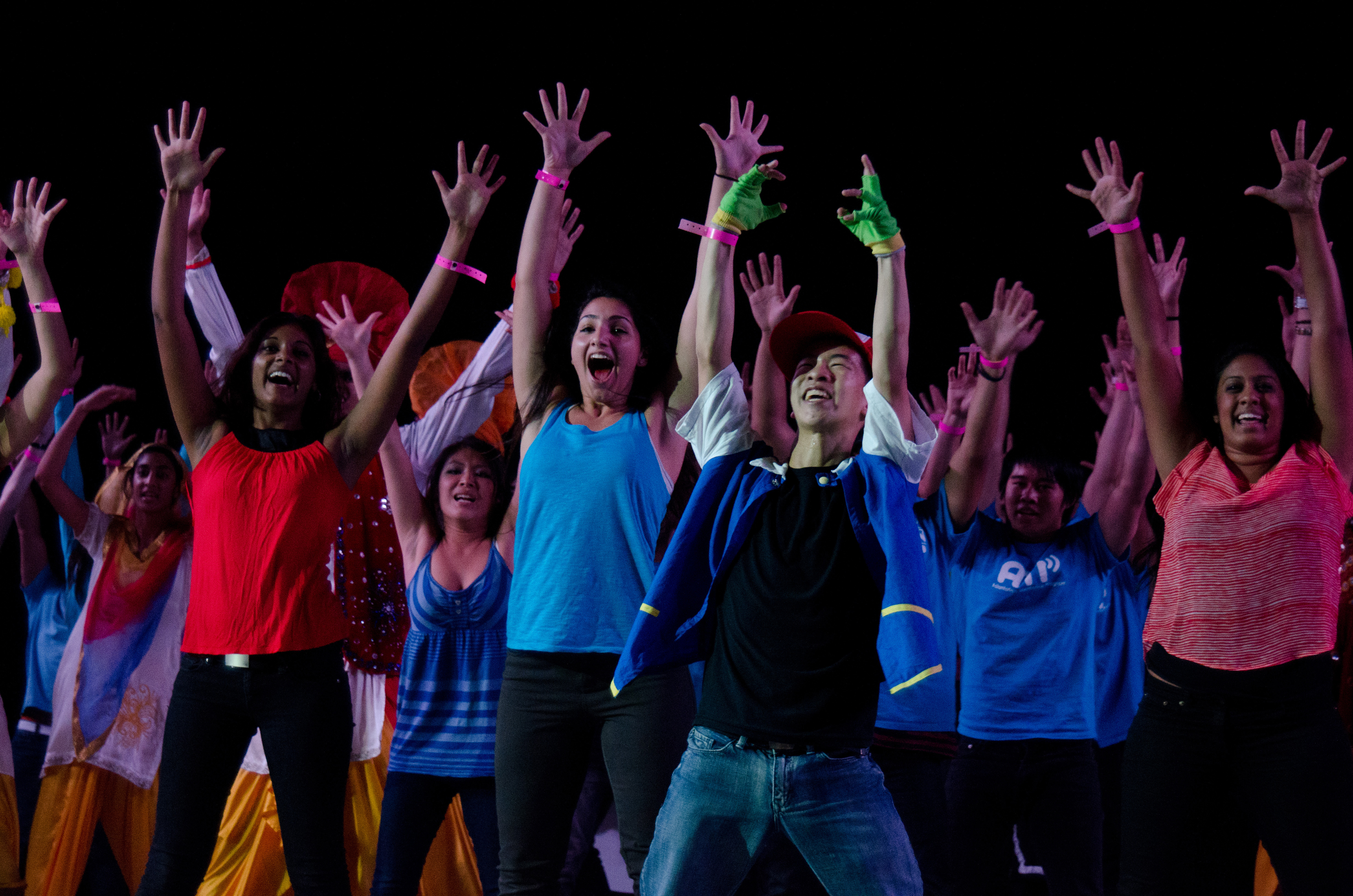Synchronized movement such as dancing or marching act as a kind of social glue, bringing people together and enhancing trust and cooperation. But scientifically measuring synchrony and trust is hard to do.
Now, researchers report a new way to measure and manipulate behavioral synchrony. Their results in the June 6 issue of Biological Psychology shed new light on the mechanisms behind the magic of synchronized movement.
“Sharing the dance floor with our friends can provoke a sense of unity, because we like people who look and behave similarly to us,” says Dimitris Xygalatas, assistant professor of anthropology at UConn. “They can become a powerful driver of our social behavior.”
We might not think that such occasional activities would influence important decisions such as financial transactions. But they shape attitudes, which are then reinforced by the brain’s reward system, according to a research team made up of Xygalatas and former UConn graduate student Martin Lang (now at Harvard University) and their international colleagues. Quantifying exactly how much behavioral synchronization drives attitudes and behavior would help researchers understand the phenomenon better, and possibly understand the biological and psychological underpinnings of trust more broadly.
Rituals become social glue, and play a fundamental role in building cooperative communities. — Dimitris Xygalatas
Xygalatas, Lang, and colleagues at Masaryk University in the Czech Republic, the Slovak Academy of Sciences, the National University of Singapore, and the University of Otago in New Zealand devised an experiment to test how synchrony affects social attitudes and behaviors. The experiment allowed them to control precisely how synchronized two people were. The same experiment measured both their attitudes – how much someone liked the other person – and their actual behavior toward them.
The researchers recruited 124 students from Masaryk University and had them learn a synchronized movement routine, guided by a rhythmic beat. The group was then divided into three subgroups. Two subgroups performed the routine while watching a partner perform it simultaneously via video feed. Unbeknownst to the participants, the ‘partner’ was actually prerecorded, and there were two versions; in one version, the partner performed the routine flawlessly, while in the other version he made several mistakes and had worse timing in general. The third subgroup performed the routine without watching the video. Afterward, all three groups played a trust game in which they could choose how much money to entrust to the partner, whom they were told was in another room.
During the experiment, the researchers measured the participant’s pain tolerance both before and after they performed the synchronized routine. This method is used to assess the release of endorphins in the brain, because endorphins interact with opiate receptors to reduce pain sensitivity, similarly to drugs such as morphine. They also had participants rank how much they liked their video partner after performing the routine. But to make sure that these attitudes translated into real behavior, they also recorded how much money they entrusted to their partner in an economic transaction.
The results were straightforward: the participants who performed with the well-synchronized partner had higher pain tolerance, liked their partner more, and trusted them with more money than the participants who performed with the badly synchronized partner and the control group who did not watch the partner at all.
But when the researchers looked at more subtle relationships between these effects, they found that attitudes and behaviors are controlled through different mechanisms. That is, participants’ subjective sense of synchrony was a better predictor of their attitude (how much they liked their partners), but their actual trusting behavior was better predicted by their brain chemistry (endorphin release). This suggests that while our conscious assessment of other people surely influences how much we like them, when it comes to actually cooperating with others, our decisions are often influenced by more visceral factors, which may operate below our conscious awareness.
Future research may be able to tease apart the relationships even more. But for now, it’s obvious that synchronizing behavior is a powerful way to influence people’s actions.
“If our short, decontextualized manipulation of synchrony can have a significant effect on participants’ financial decisions, think about what it can do when it is enacted regularly and in a more meaningful context, such as when dancing in church, marching in a military parade, or chanting and clapping together with 10,000 Huskies fans,” Xygalatas says. “By triggering our evolved cognitive and neuro-chemical mechanisms, these rituals become social glue and play a fundamental role in building cooperative communities.”



